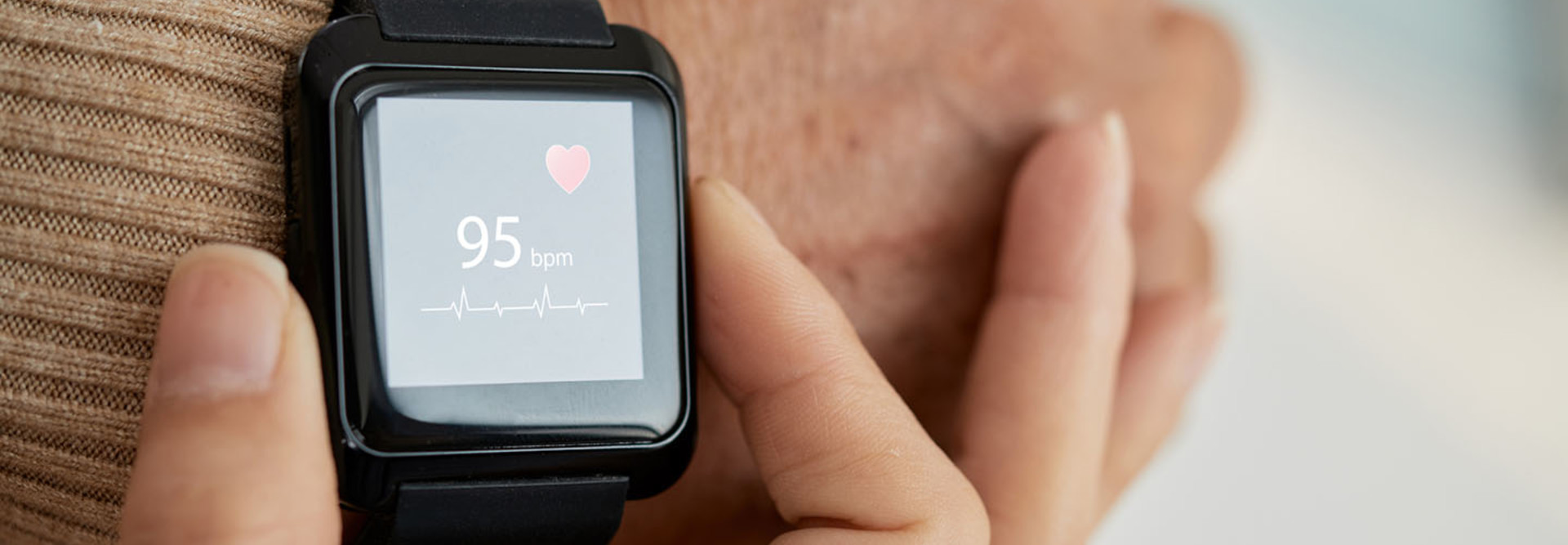mHealth Tools Help Hearts Stay Healthy
What exactly can wearables deliver to heart disease treatment? First and foremost, these tools can help people maintain healthy habits. In fact, by using mHealth tools to improve health generally, it’s possible that 75 percent of cardiovascular disease, a form of heart disease, can be prevented, according to a recent study.
Noting that cardiovascular health maintenance, or CVH can limit cardiovascular disease through factors such as diet and exercise, the authors suggest that “an individualized prevention strategy integrating modern network strategies, genetic information and eHealth technologies will be the key to preserving and maintaining CVH from childhood throughout the lifespan with the potential to markedly improve CVH.”
This is because wearables, such as Fitbit, can offer a window into health habits by tracking activity. Moreover, many smartphones are already equipped with the necessary tools to monitor fitness, like accelerometers that measure steps, Greg Marcus, a cardiologist at the University of California, San Francisco, tells The Verge.
Taking it one step further, the data collected from wearable devices can offer a window into management for several chronic diseases like heart disease, and ultimately help to drive behavioral changes. These are the findings of a recent study from the Healthcare Information and Management Systems Society (HIMSS).
“Driving long-term behavior change is difficult, but health coaches as individuals can do what machines can’t yet do. They can intuitively understand what matters to a particular individual and build a coaching program around it,” Rob Havasy, senior director of Health Information Systems at HIMSS, said in the HIMSS report. “The combination of wearables and health coaching allows for the blend of immediate feedback, timely interventions, accountability and support that people need to succeed in health behavior change.”













